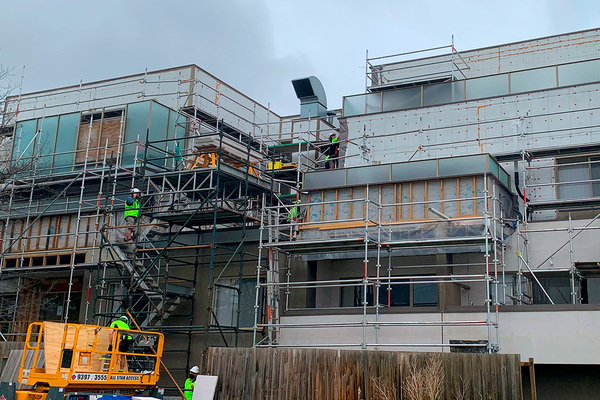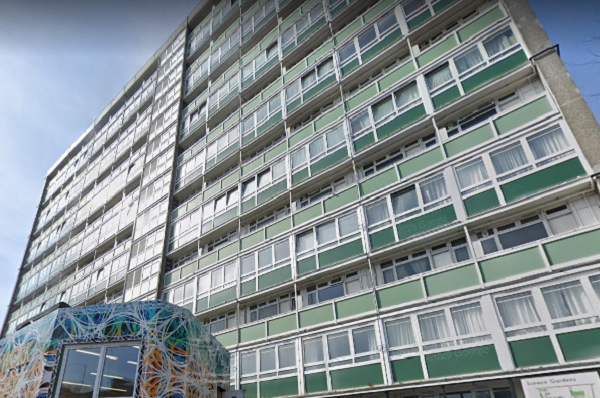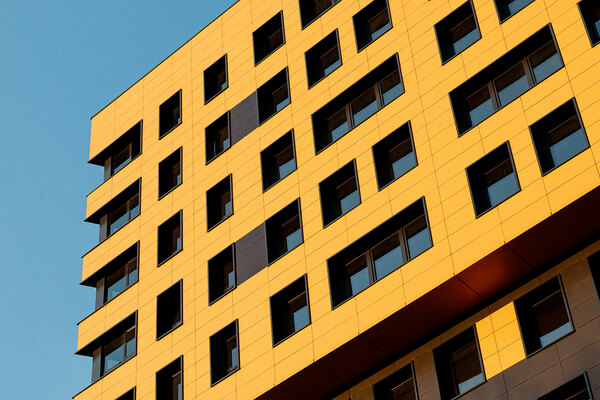You are viewing 1 of your 1 free articles

The government must ensure buildings are surveyed and fixed if it wants to end the safety crisis
The government cannot limit the scope of post-Grenfell fire safety work if it truly wants to prevent a repeat of the devastating fire in June 2017, writes Mary-Anne Bowring
With its new Fire Safety Bill, the government is rightly trying to prevent mistakes of Grenfell from being repeated, especially as there have been several fires since. And these are just the buildings that have actually caught fire. Residents of many more are living in fear as they wait for their homes to be made safe.
To end the cladding crisis once and for all, there are fire safety issues that the government needs to address.
First, not all buildings with potentially unsafe cladding have access to government funding.
Many building owners are in the process of applying for £600m worth of funds to help remove aluminium composite material (ACM) cladding on privately owned and social rented buildings, and there is also a new £1bn Building Safety Fund for the removal of non-ACM cladding.
However, these funds are only open to buildings taller than 18m. There are thousands of lower-rise buildings with exactly the same problem as their taller counterparts and are ineligible for funding.
In addition, the ACM funds are only open for the fiscal year ending in April 2021 – a period which is woefully short if further funding and another round of applications are not announced.
Second, there are still ways that building owners are able to get around the rules. Although government regulations from January 2020 state that anything which assists a fire on the external facade must be removed, managers of buildings shorter than 18m have now been told that a new building management strategy might be enough to mitigate the risk.
The problem with this is that no building manager can guarantee a resident will not smoke on their balcony, have an illicit barbecue or allow an external wall light to malfunction and cause a spark. If the past has taught us anything, it is that tragic accidents can and will happen up until the point that building materials are made safe.
Building managers should now declare these policies in pre-sale enquiries, although no doubt this will simply frustrate sales from other angles.
The government has also neglected to address widespread health and safety failings on the inside of homes. Broadband companies are breaching compartmentation rules when they install their equipment; inadequate fire-stopping measures and non-fire retardant materials are being put in place; fire alarms and doors of the wrong grade are being installed and there are still vents that require manual operation.
Buyers of new build properties may have their properties inspected but they can’t tell a surveyor to drill through the walls to check the compartmentation, for example. New home warranty companies have a role to play here and are letting buyers down.
Finally, there is a stand-off between building owners and mortgage lenders when it comes to the provision of External Wall System 1 (EWS1) forms. Some building owners now refuse to provide the forms on buildings shorter than 18m, because it is not clear in the government guidelines that this is a requirement.
But this does not stop lenders seeking the forms as a precaution before they agree to lend. The government must clarify the regulations and get off the fence.
Until the rules around cladding are properly clarified, building managers must take it upon themselves to be as vigilant as possible about fire safety.
Some cladding doesn’t even look like cladding, such as certain render systems or slip bricks. So perhaps the lenders are right, as without the EWS1 form tests, many valuers may not get it correct.
“If the past has taught us anything, it is that tragic accidents can and will happen up until the point that building materials are made safe”
At Ringley, we now require developers to provide Section 38 fire regulation information to us as part of the handover of a new building and for this to be put in place for older buildings, too. This details all the fire safety provisions and how they are managed, maintained and tested.
We have learned the hard way that building warranty providers cannot always be relied upon and installer’s certificates are not always enough to satisfy our stringent safety requirements.
We find it is better to work with developers to meet new requirements quickly when they have recalls on their sub-contractors – nobody wants to find out later when those responsible are off the hook.
Ultimately, the only real way of knowing whether a building is safe is invasive testing – going forward and of all existing stock.
If the government really wants to make sure a tragedy like Grenfell is never repeated, it needs to make that happen. Simply expecting a management strategy to prevent smoking on balconies is not an option.
Mary Anne Bowring, founder and group managing director, Ringley
Sign up for our fire safety newsletter
Already have an account? Click here to manage your newsletters












